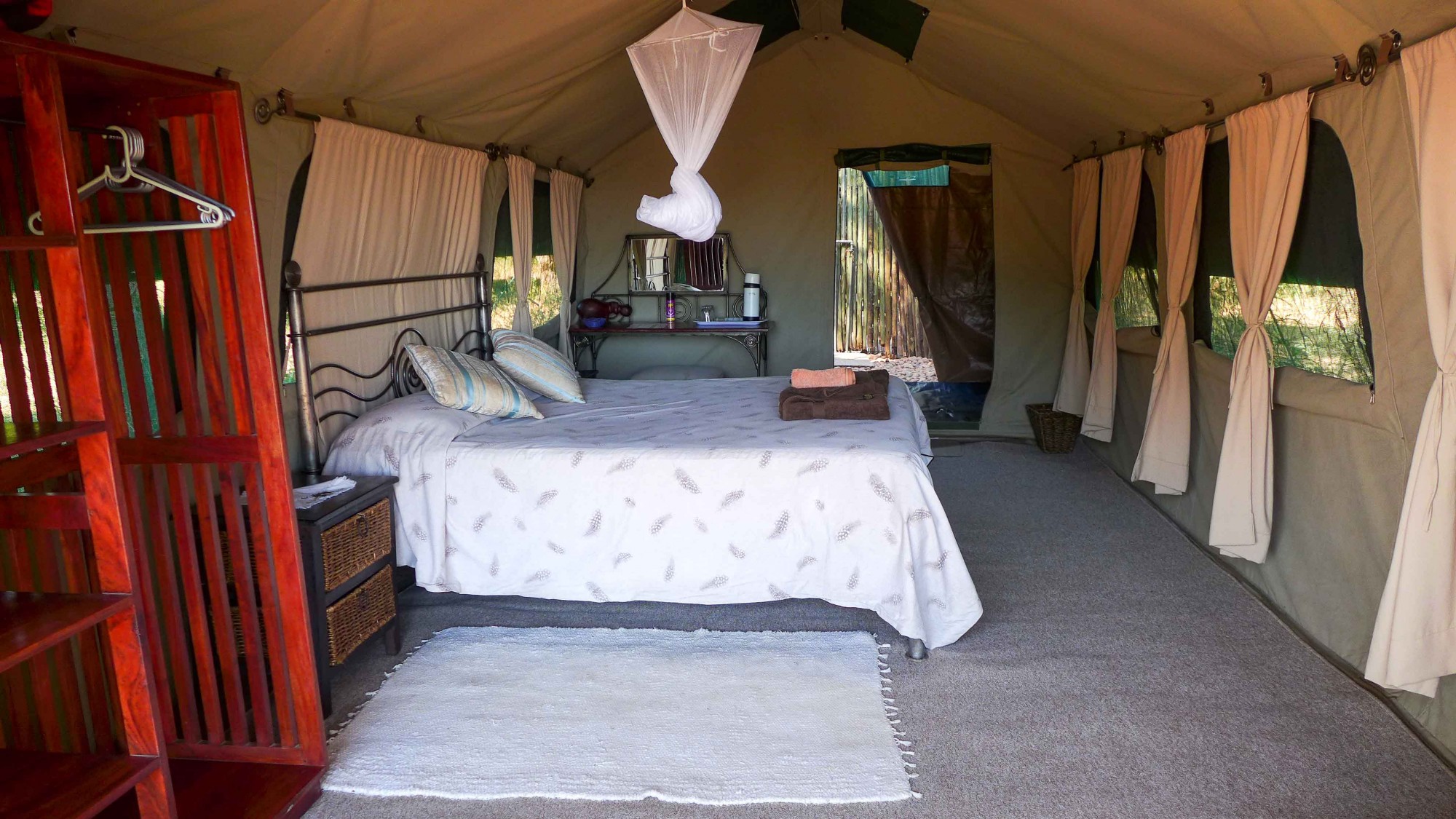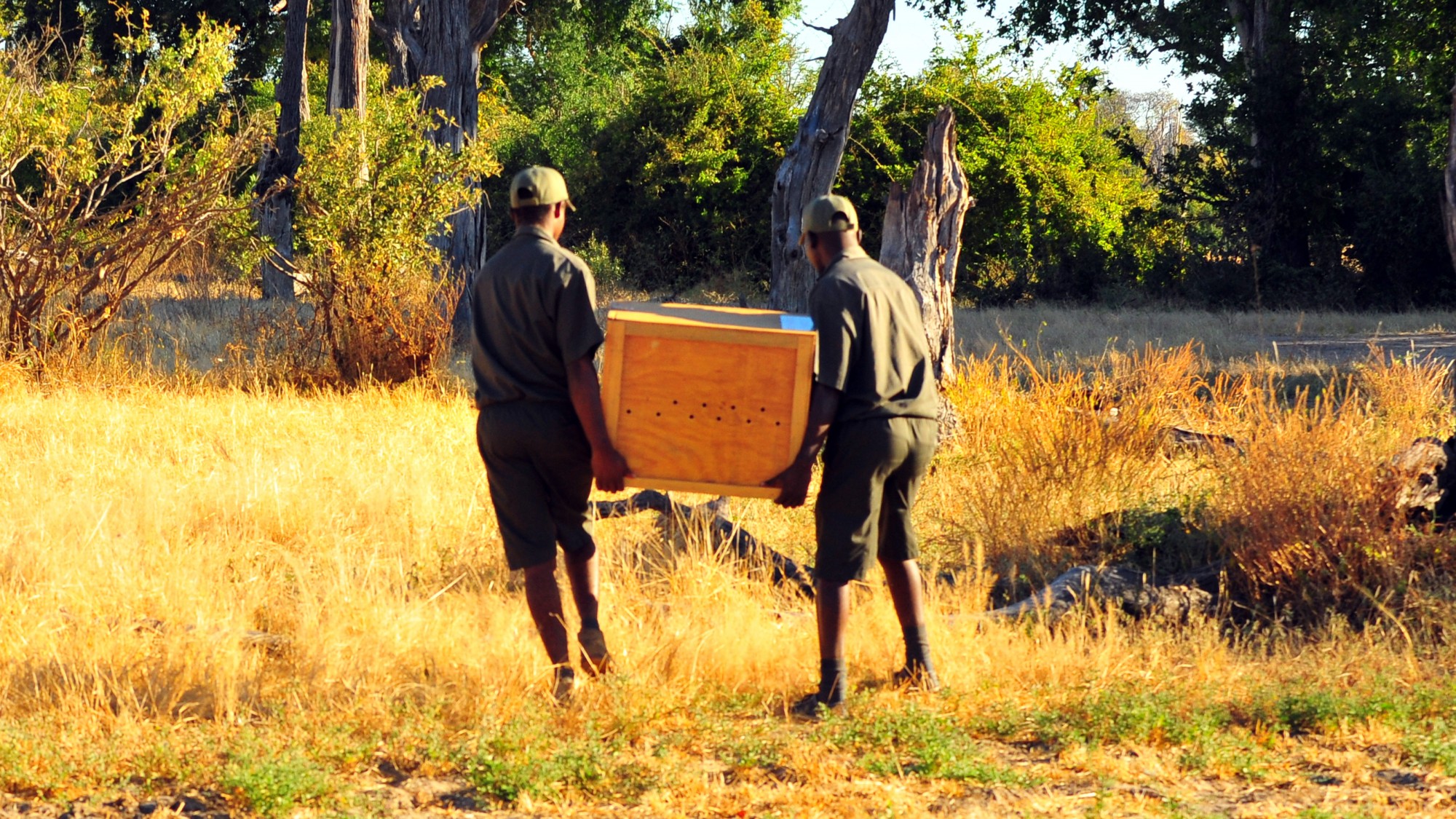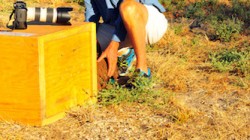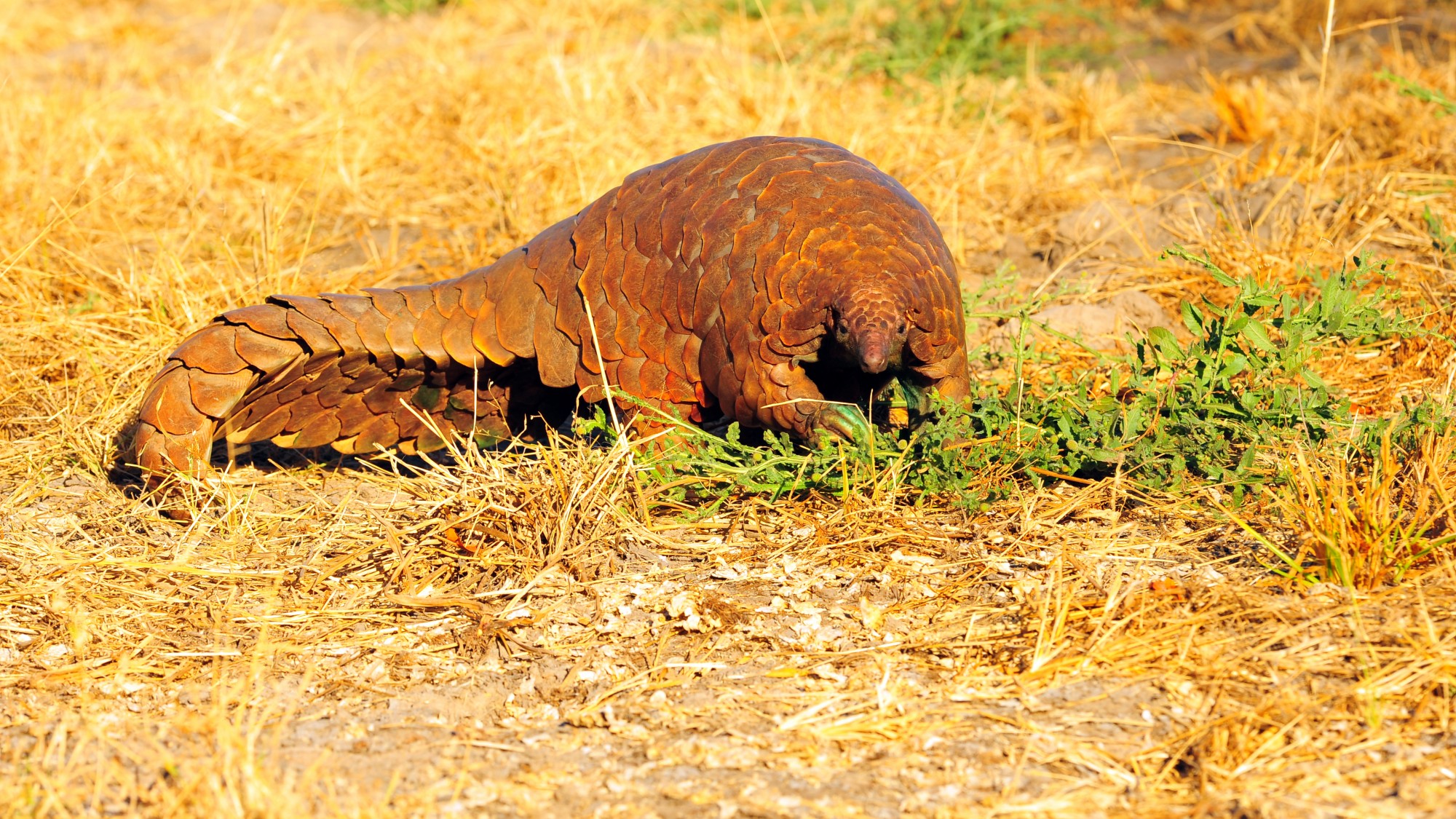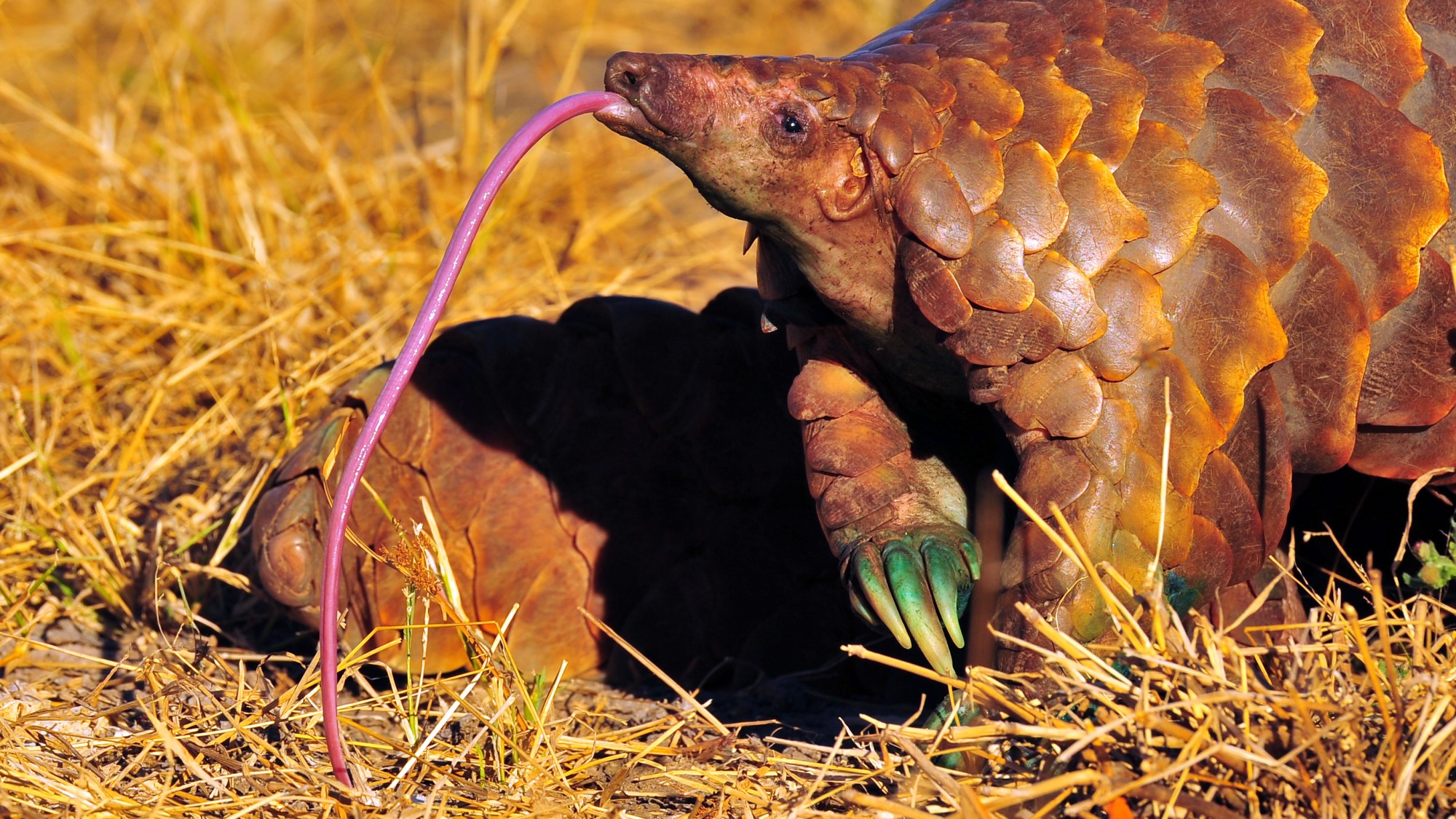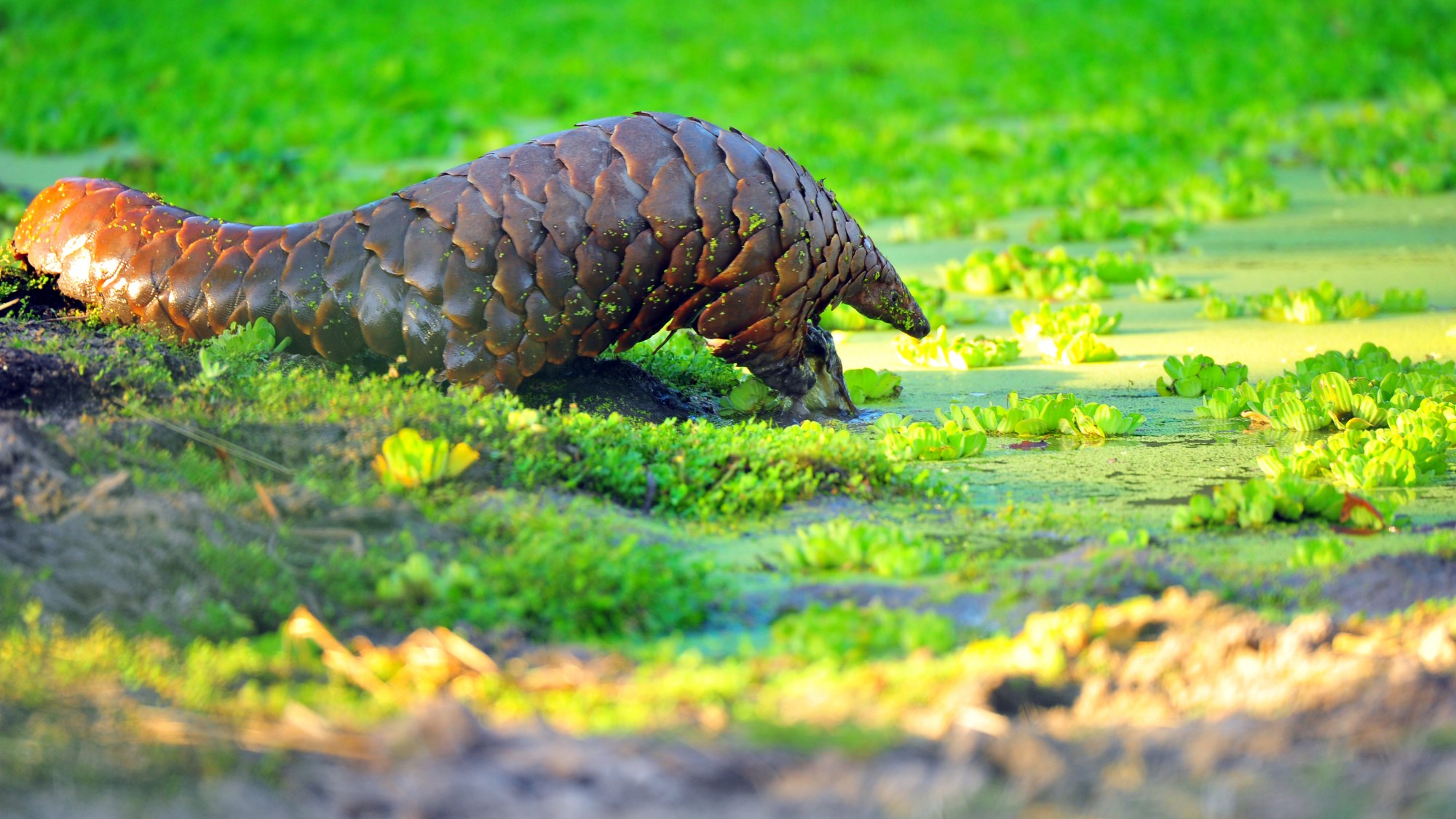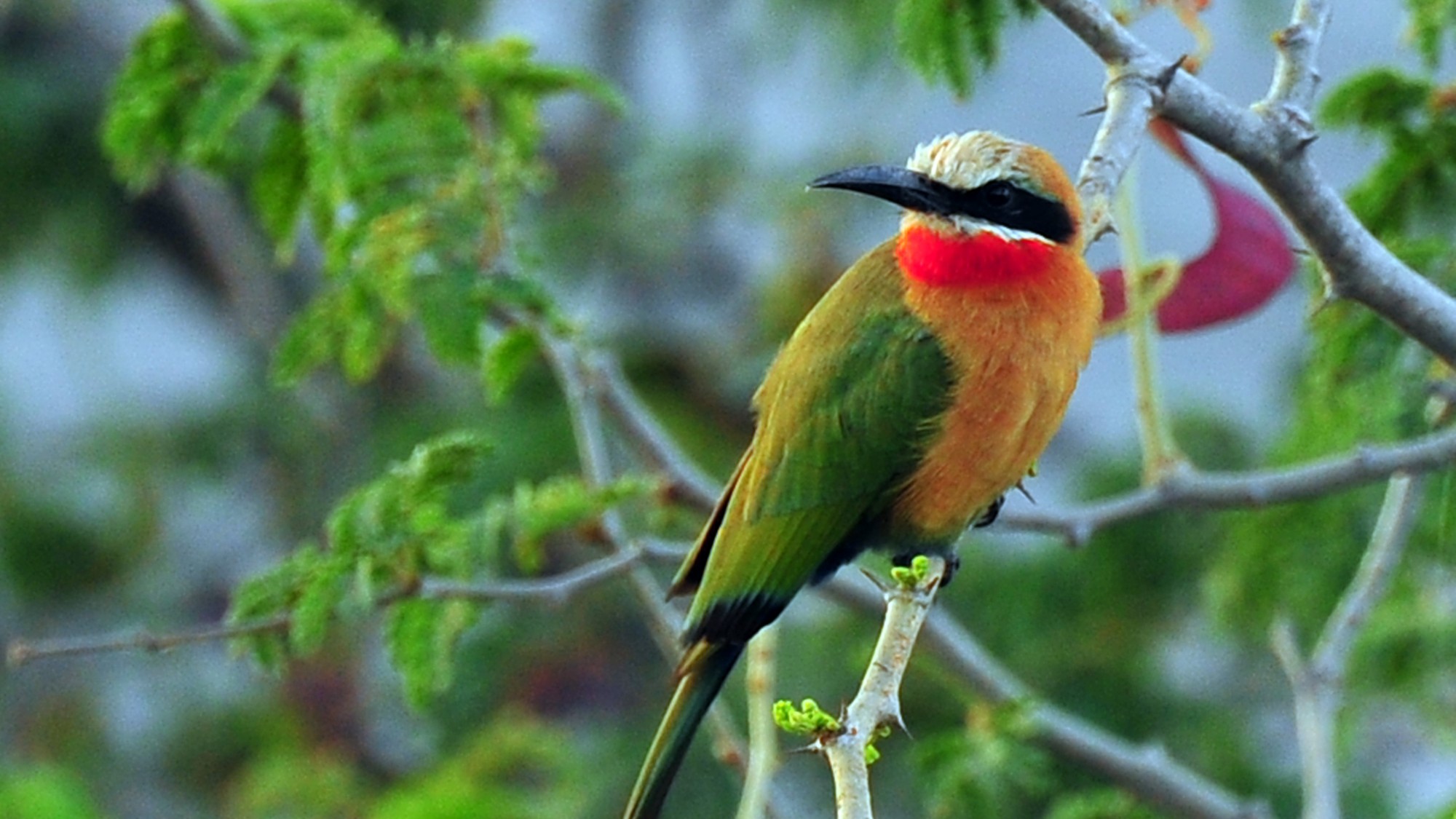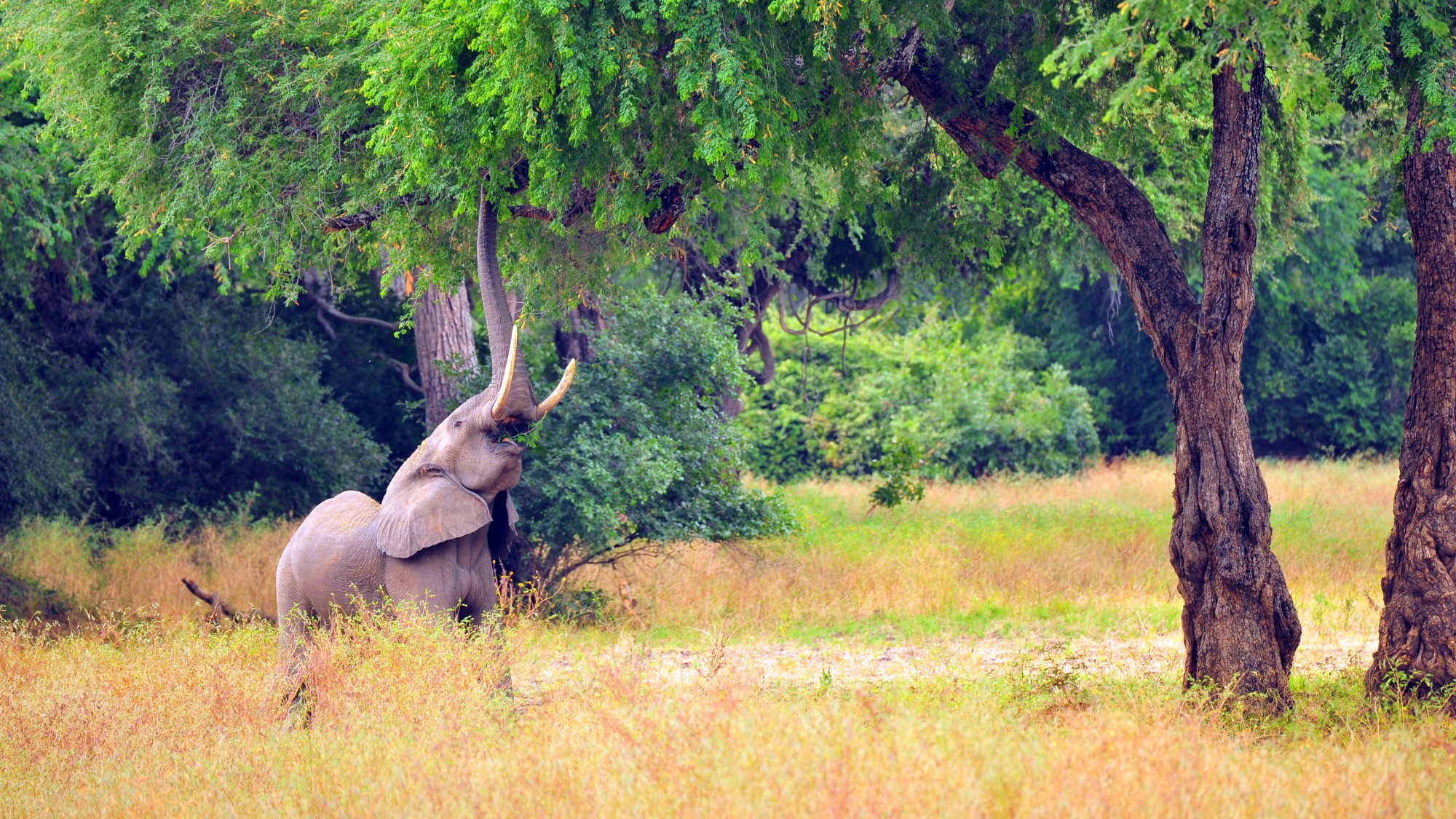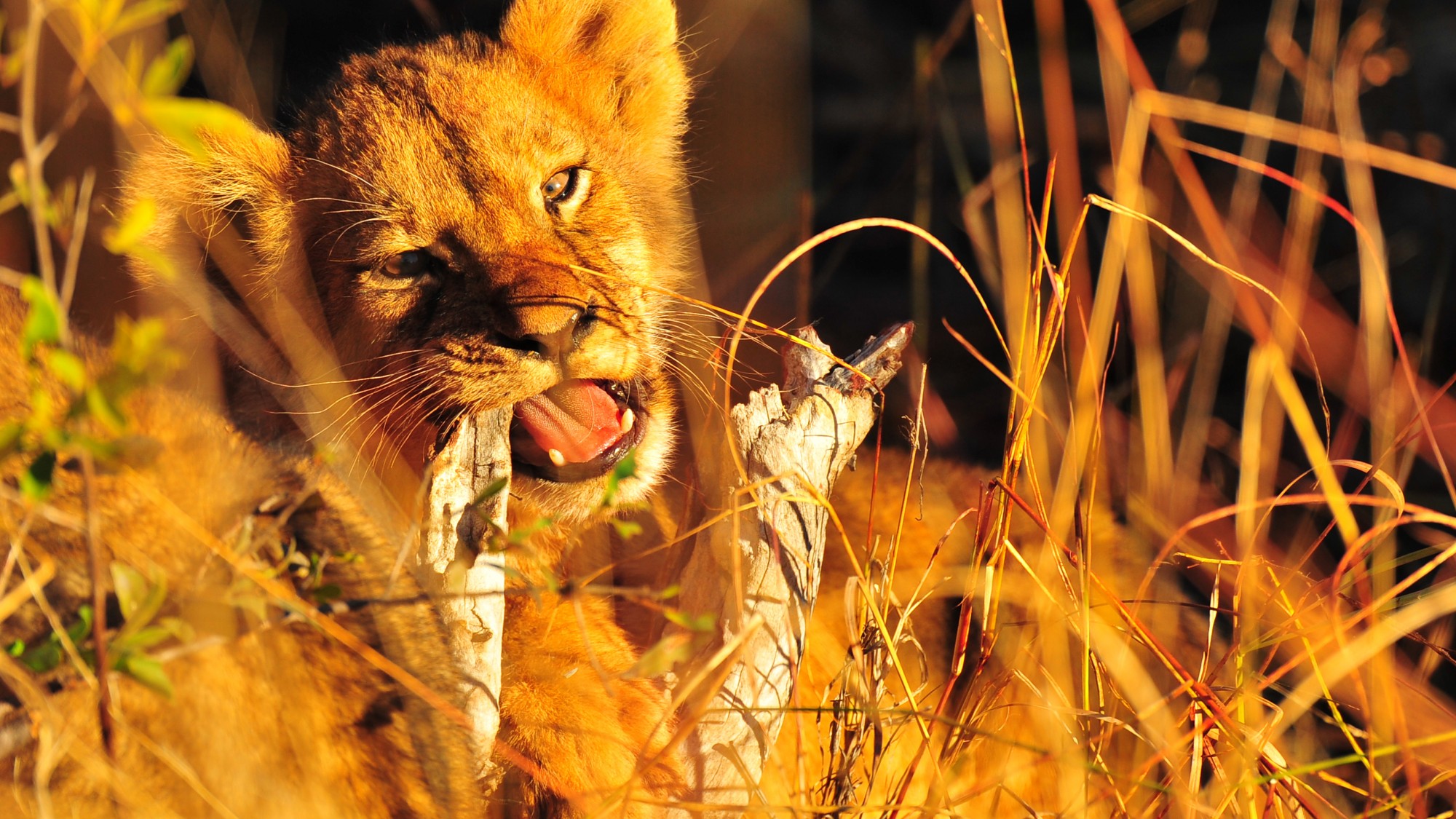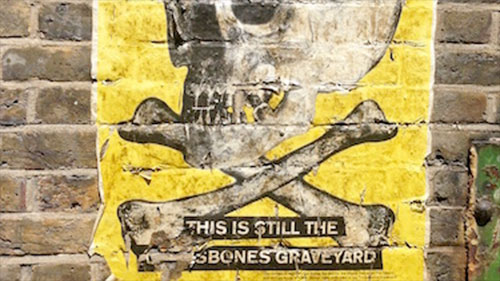Pangolin Wrangling
One of the most elusive animals in the African bush, and pretty much the holy grail of wildlife sightings for any die hard safari nut, is the peculiar pangolin. I’d been going on safari for nearly 2 decades before my first sighting, on my latest trip to Zimbabwe, and as you’ll see, even then it would hardly count as a chance encounter.
Now, I’d never seen a pangolin and truth be told I was doubtful I ever would. Even guides who are out there day in and day out for years may only see 2 or 3 during their entire career, simply because these unassuming nocturnal animals are as shy as they are extremely rare. So, coming as the international community finally imposes a world-wide ban on pangolin trade, my encounter was all the more exciting.
A mammal (despite appearances), the pangolin looks a bit like an armoured anteater with a tiny head and a long wide tail. They have no teeth but do have a 16 inch tongue which helps them vacuum up their favorite food – ants and termites. They’re covered in interlocking keratin scales, so when threatened they roll into a tight ball to keep from becoming dinner.
Sadly, this fascinating little creature is one of the most endangered animals in the world. In parts of Asia, their meat is considered a delicacy, and there are too many who still believe that the scales have medicinal qualities, as cures for cancer or asthma or other such unsubstantiated nonsense. They have been protected by the Convention on International Trade in Endangered Species of Wild Fauna and Flora since 2000, but are still valuable on the black market – meaning they are a huge target for poachers. Which, incidentally, brings me nicely to how I happened to come face to face with one.
In Zimbabwe a very determined woman (who shall remain unnamed for her protection) has made it her mission to rescue pangolins as they are shipped out of the country by poaching syndicates. She acquires them through various secret means, and after they’ve been checked by the vet, she sets about sending them back to the wild for release.
I was visiting Goliath Safaris in Mana Pools, owned by a true safari legend, a gentleman with the improbable name of Stretch Ferreira. Stretch has been guiding walking safaris in Mana Pools for 32 years and has helped with the release of various pangolin in the past. He and I had set out for a short walk and upon our return found that the female pangolin had arrived and was ready to be released. Two of the staff from camp shifted her transport box into a 4×4, collected the park managers, and off we went into the bush. Stretch had recently released a male into the same area where we were to release the smaller female, the hope being that the two will meet up, sparks will fly, and the pangolin population will progress.
When we arrived at the designated spot, the guys removed the box from the vehicle and placed it near a fallen tree and a large puddle. We opened the box – nothing. She didn’t know what was out there and wasn’t taking any risks. Stretch crouched down to gently coax her from her hideout as the guys eased the box away, and there she was, as beautiful as she was extraordinary. She spent a bit of time drinking before disappearing into the underbush, hopefully to live a long, productive pangolin life. The whole experience was definitely one of the highlights of all my years on safari.
Yvonne won’t promise pangolins but she will promise a safari planned on the back of decades of experience and enthusiasm. Contact her at yvonne@trufflepig.com to get started.
